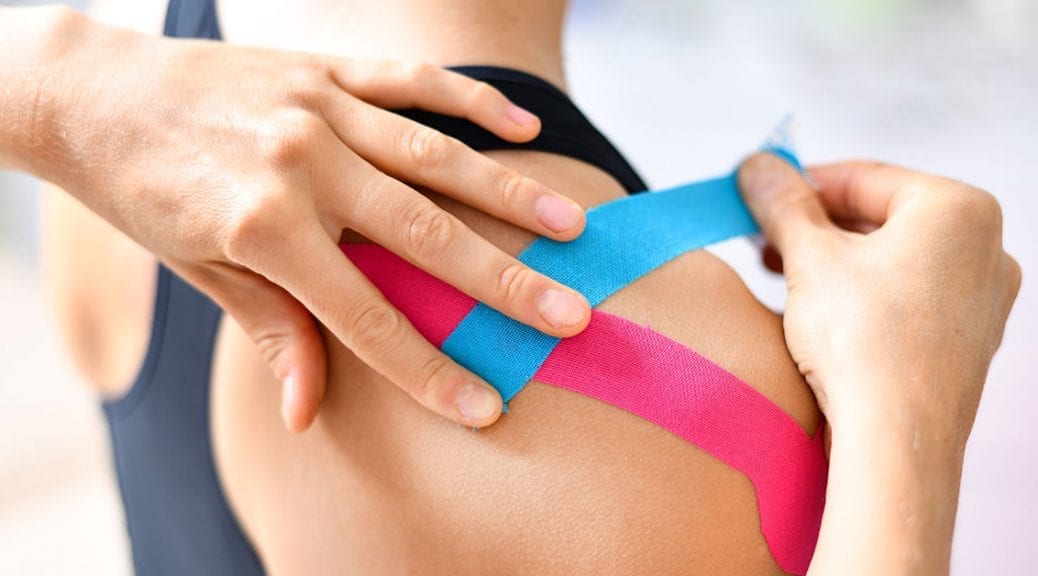When you are playing a sport, working out, or engaging in pretty much any physical activity, you may become injured at some point. Sports injuries can be caused by an accident, fall, impact poor training practices, using improper equipment, and lack of conditioning. The most common body parts that get injured during physical activity are the ankle, knee, wrist, elbow, forearm, and wrist. You may experience the following type of injuries in any of those areas:
- Sprains
- Strains
- Tendinitis
- Fasciitis
- Bursitis
- Dislocation
- Fractures
- Contusion
- Muscle cramps & spasms
- Cuts and scraps
While the sports injury treatments will vary depending on the type of injury, the following types of sports injury treatments are commonly used to relieve pain, reduce swelling, and promote healing.
1. PRICE
The first line of treatment for sports injuries is summed up by the acronym PRICE: rest, ice, compression, and elevation.
- Protection: When you have a sports injury. you need to protect the injured body part from further damage. USe bandages, elastic wraps, splints, or braces to immobilize the injured body part.
- Rest: You need to rest your injured extremity to give the tissues time to heal. Don’t ignore the symptoms and keep doing the activity that caused the injury or one that irritates it.
- Ice: Use ice to help control swelling and inflammation. Ice will also help with pain relief when it is applied. Place an ice pack on the affected area for 15-20 minutes every two to three hours. Wrap the ice pack in a towel to protect your skin from an ice burn.
- Compression: Pressure helps reduce swelling and inflammation. Use an elastic bandage that is snug but not too tight. If swelling develops over time, loosen the compression wrap to accommodate it.
- Elevation: Elevate the injured extremity above the level of your heart when possible. This can reduce swelling and inflammation, which may help with pain reduction. Use a pillow or cushion under the injured limb when you are sitting or lying down.
2. Pain Relievers
If the steps of PRICE don’t provide enough relief, you may need us pain relievers. There are over the counter pain relievers that come in cream or balm form that you can apply to the tender spot. Pain relievers in pill form may also help during a sports injury treatment. You can get some like Advil, Tylenol, and Aleve over the counter or your doctor may prescribe one to you.
3. Injections
If topical or oral pain relievers or physical therapy do not provide enough pain relief, your orthopedic doctor may recommend injections for pain reduction. The orthopedic specialist will inject a pain-relieving substance directly into the affected area, usually a joint. Corticosteroids are the most commonly used injection for sports injury relief. Other injections include hyaluronic acid, platelet-rich-plasma (PRP), and placental tissue matrix (PTM) injections.
4. Physical Therapy
Once you have starting healing and your swelling has gone down, you can start with rehabilitation. Depending on how severe your injury is, you may need to do physical therapy under the care of your doctor and a physical therapist. If you require surgical treatment you will need to go to physical therapy after you have healed from the procedure.
5. Surgical Procedures
If you do not respond to other treatments or if your injury is severe, you may need to have surgery to repair the injury. The type of surgery used for sports injury treatment is entirely dependent on the type of injury, the severity of the injury, and its location. Surgeries may be done in either an open procedure or a minimally-invasive procedure. Minimally invasive procedures generally have a shorter hospital stay and recovery time than traditional open procedures.
When to See a Doctor
Some times self-treatment with the PRICE method and over-the-counter medication is sufficient for a minor or superficial sports injury. However, there are times when you should see a doctor. If you have the following symptoms, call to make an appointment with an orthopedic specialist.
- Difficulty using the injured limb
- Difficulty walking or lifting your arms
- Inability to place weight on the injured limb
- Bleeding or skin injury
- Limited mobility in a joint
- Deformity around the injured area
- Fever, chills, or other signs of infection
- Headache, dizziness, or confusion following a fall or head injury
- Loss of consciousness
The team Paris Orthopedics and Sports Medicine are dedicated to helping our patients recover from a wide range of orthopedic conditions and injuries. Our services include general orthopedic medicine, joint replacement, sports injury treatment, and a bone health clinic. If you’re having trouble with a suspected strain or sprain, call (903) 737-0000 to make an appointment.



